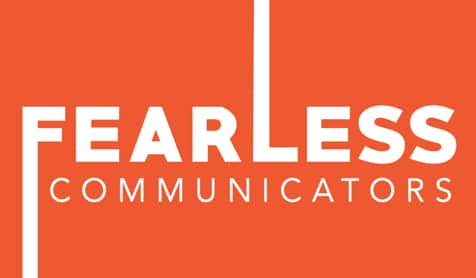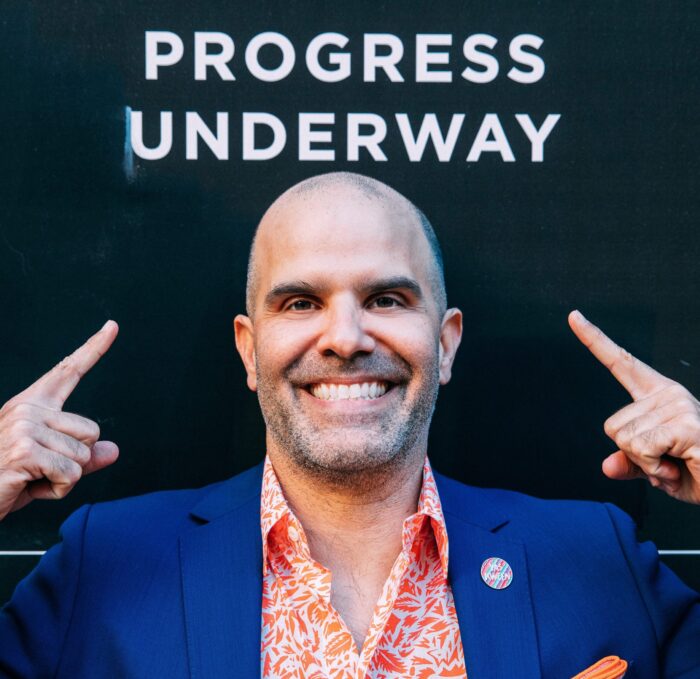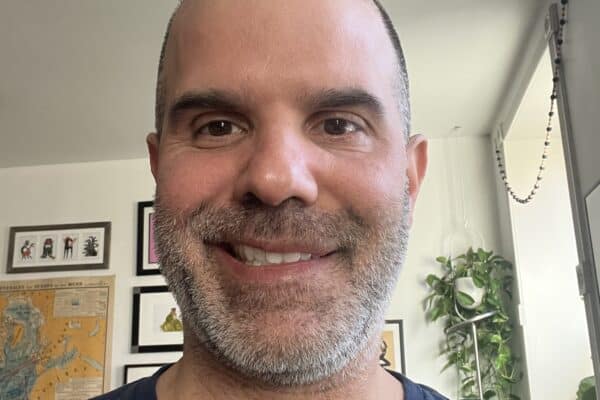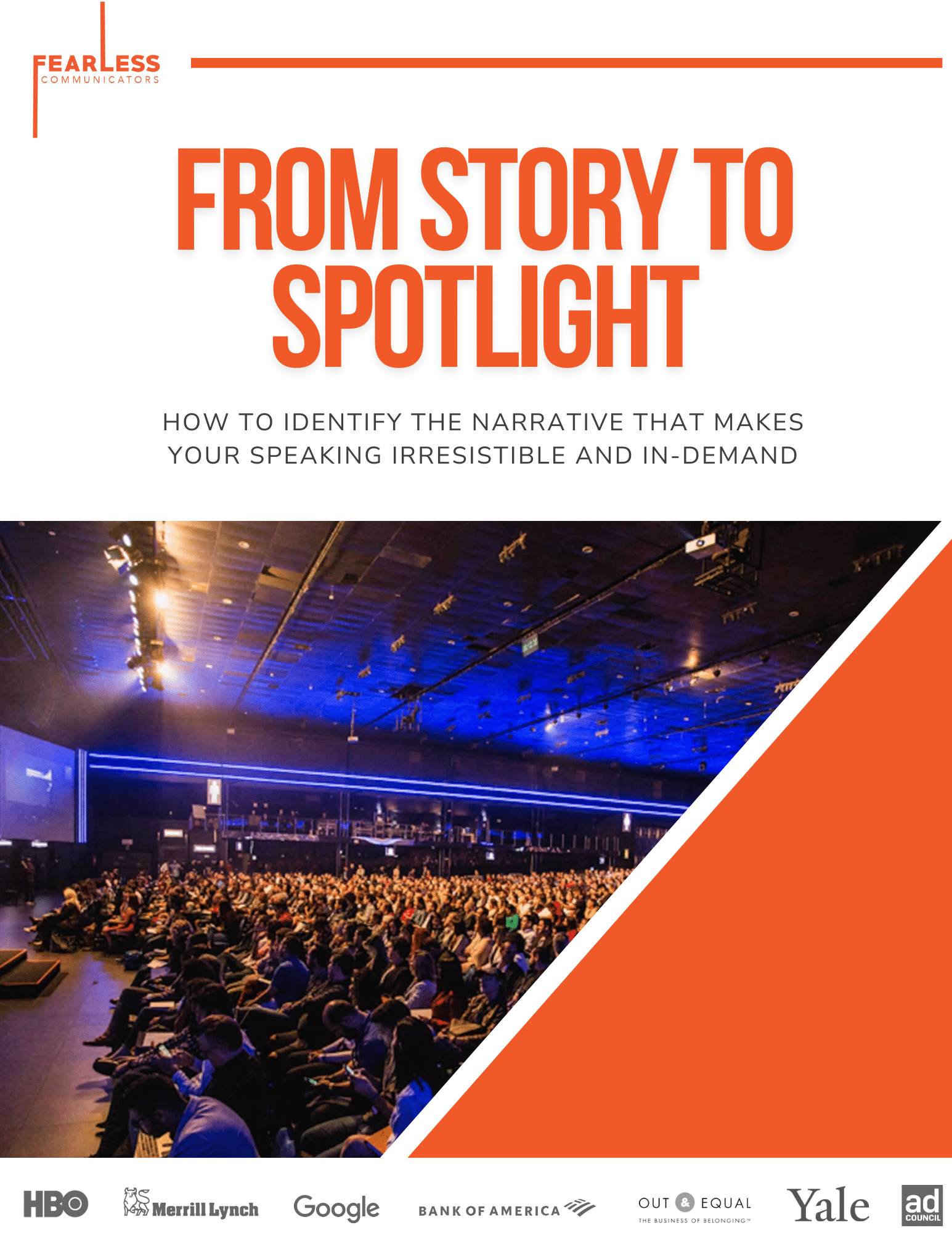Present Tense Magic: Turning Heads and Opening Hearts
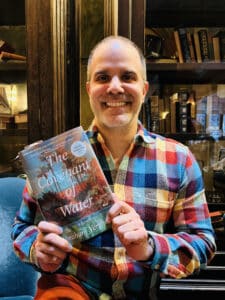 I’m devouring an irresistible story right now, and one of the reasons I find it so delicious is because of its exquisite use of one of my storytelling obsessions: THE PRESENT TENSE!
I’m devouring an irresistible story right now, and one of the reasons I find it so delicious is because of its exquisite use of one of my storytelling obsessions: THE PRESENT TENSE!
Over the holiday break, I picked up Abraham Verghese’s The Covenant of Water, and from the first words, I’ve been entranced by its lush, multigenerational narrative. I’m not finished yet, but it’s been a while since I’ve enjoyed reading a book this much. Perhaps it’s because I’m still on a social media fast and avoiding the 24-hour news cycle like the plague.
So, why is the present tense so effective in storytelling?
It Creates Immediacy
The present tense communicates that something is happening right now. In The Covenant of Water, which spans from the early 1900s to the 1970s in India, the story—though rooted in the past—feels like it’s unfolding in real time. This immediacy keeps you hooked; you can’t help but turn the page.
Similarly, in public speaking, using the present tense to recount a past event can perk up your audience and draw them to the edge of their seats. It transforms passive listeners into engaged participants, hanging on your every word as if each moment is happening before their eyes.
It Builds Tension
Experiencing a story as it unfolds in the present tense creates suspense. When told in the past tense, there’s a safety net—we know it’s already happened. The present tense, however, keeps the audience guessing. What happens next? The not-knowing is electric.
It Demonstrates Virtuosity
I once attended an event where a speaker began their award acceptance speech with a story about their grandfather in a small Russian village. From the start, they told the story in the present tense. I immediately perked up, not only because I recognized the technique but because I could relax into the moment, confident I was in the hands of a master storyteller.
A Word of Caution
Using the present tense requires responsibility. When sharing deeply personal or traumatic stories, there’s a risk of triggering both yourself and your audience. Be mindful of the emotional impact and ensure your choice serves the story’s purpose.
The Takeaway
I’m still only halfway through The Covenant of Water, but its masterful use of the present tense inspired me to share this insight with you.
As you craft your stories for 2025—the ones that will deepen your connection with your audience and inspire bold action—remember the power of the present tense. When wielded well, it’s the gift that keeps on giving.
Now, go forth and WERK your storytelling magic!
Fearlessly Yours,
Eduardo
